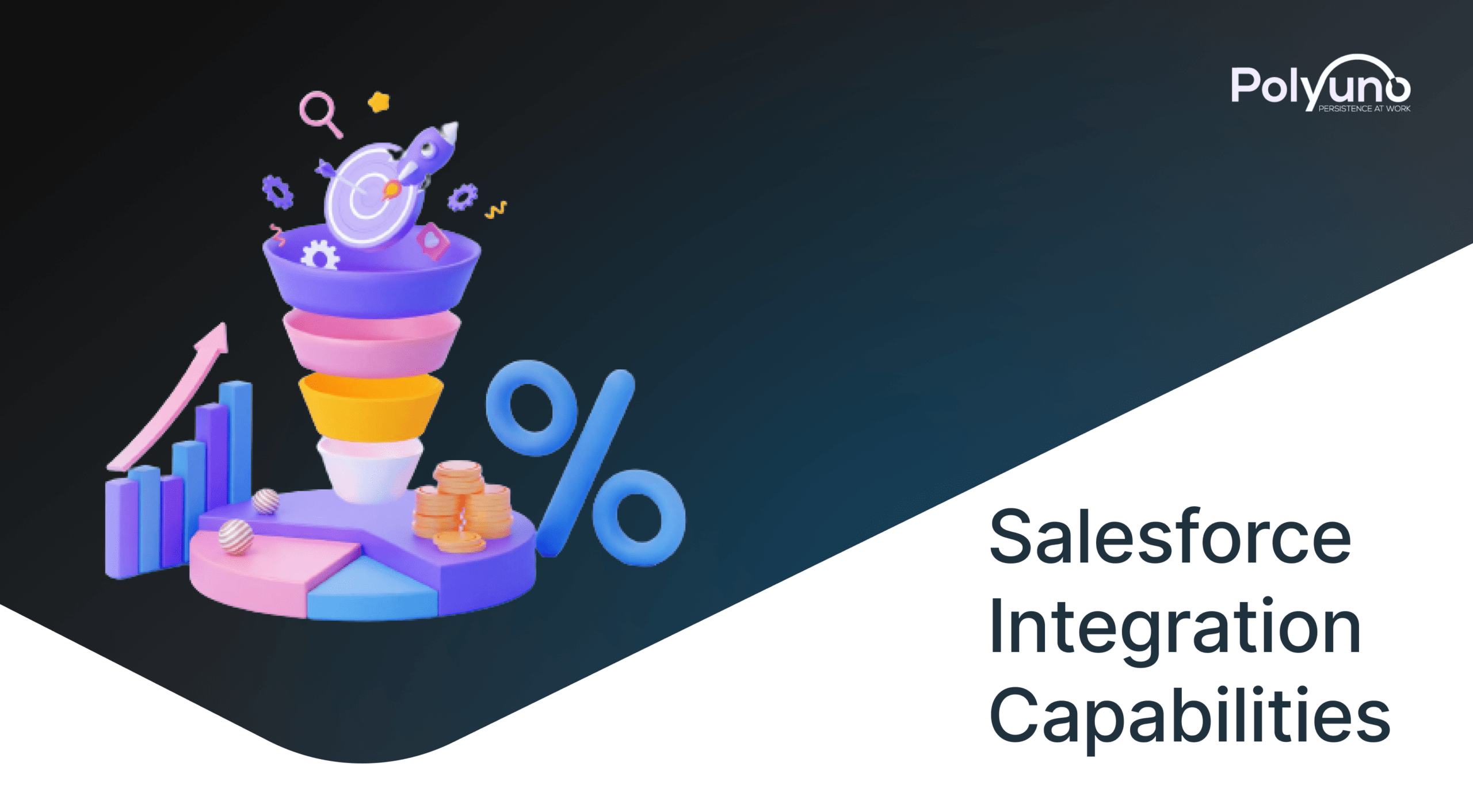With the rapid expansion of cloud services, the traditional software licensing approach has almost lost its charm. Indeed, the growth of cloud computing has seamlessly integrated into nearly every aspect of business systems. Today, businesses want the freedom to grow. And that is where SaaS fits into the portfolio of their IT offerings. The rising popularity and production of SaaS products are well-justified. Many enterprises now aim to design software as a service or SaaS products themselves is. We have your back if you are also interested in taking on this challenge or simply curious to learn more. The guide covers everything you need to know about designing software as a service.

Table Of Contents
- What is Software As A Service?
- Why Do You Need To Design Software As A Service in 2022?
- How To Design Software As A Service?
- Brief Overview
- Note To Remember
TLDR
- Software as a Service or SaaS products has gained immense popularity, almost replacing the traditional licensed ones.
- SaaS applications can be designed in three stages, and the article covers them in detail for understanding how to design Software as a Service.
- Finally, a few tricks and trips have been suggested at the end, along with an alternative if the process seems too cumbersome to handle.
What is Software As A Service?
Software as a Service delivers and maintains software online through different subscription models. SaaS applications do not require any compute installation nor come with a one-lifetime license. Instead, SaaS products are cloud-hosted, where anyone anywhere can access the service, sometimes even without an internet connection.
Also known as hosted on-demand software, the resulting application provides access and ensures smooth operation. Therefore, eliminating the need to manage complex management processes of hardware or the software itself. Moreover, you do not have to worry about updates continuously. The latest versions are always accessible.
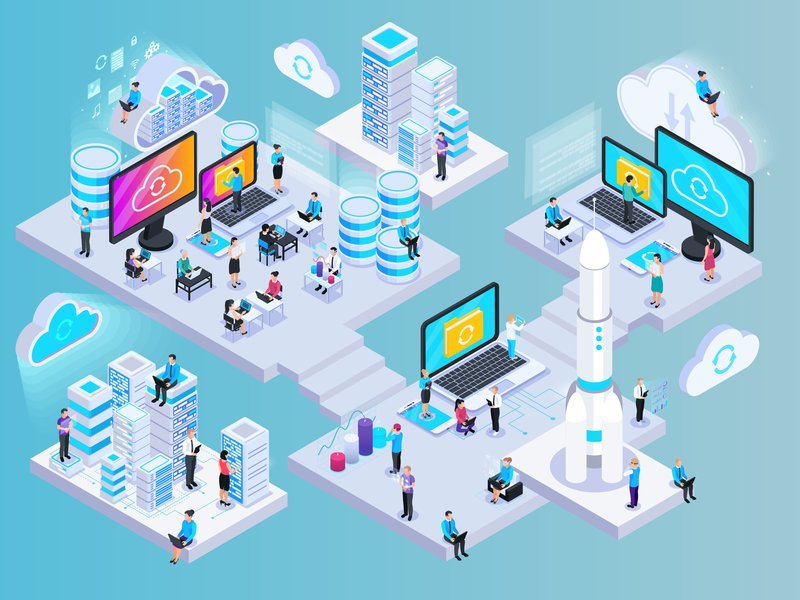
Software as a service is almost a blessing of the digital age. Here are some of the prime benefits that they offer.
- Your data is safe in the hands of cloud service providers. They work to assure maximum security.
- Highly cost-efficient as maintenance costs and purchase costs are low.
- Reliable, since servers are accessible worldwide and backups are available. Hence, the product remains online.
- Flexible to use, you can scale up or down your plan whenever you want with just a few clicks, depending on your needs. Hassle-free and easy.
- Ability to test the software before you purchase the software as a service.
- You can use the service on more than one device with one login.
Why Do You Need To Design Software As A Service in 2022?
You can offer separate services through the new systems and increase revenue sources with SaaS products. In addition, you can share the solution with other companies and collaborate with different businesses. Predictions suggest that SaaS applications will generate around 14.3 billion dollars in revenue by the year rolls.
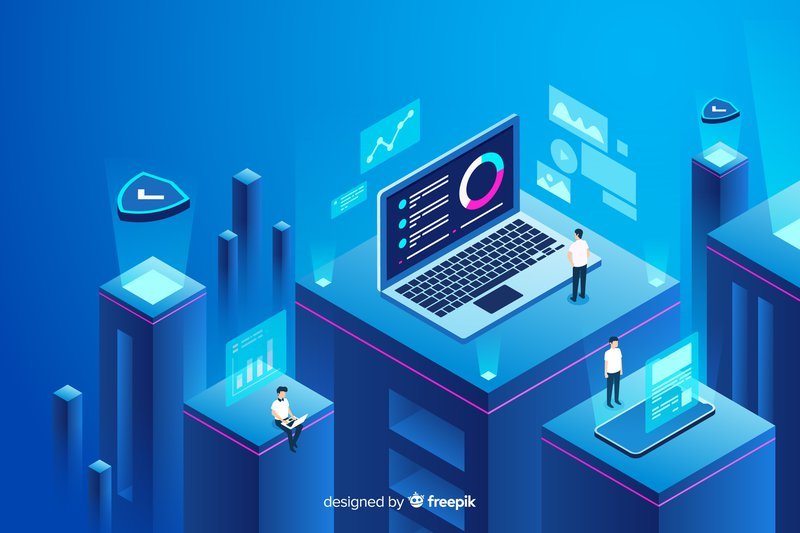
SaaS products work seamlessly without requiring upgrades or virtually any support, alongside cost-efficient. Suppliers/ vendors benefit from serving the high market demand. Nearly Hence, adopting SaaS systems in businesses can significantly boost growth potential and market stability.
How To Design Software As A Service?
Designing Software As A Service or SaaS product can be quite a challenge. But the key strategy is simple: offering an excellent user interface combined with a fantastic user experience. Keeping that in mind, we move on to designing software as a service.
It is important to note that design components are extensive in deciding your SaaS product's overall appearance and functionality. Thus, focusing on the details is very important. Furthermore, each aspect requires minute attention for a polished product from layout, visual outlook, accessibility, database, etc.
That being said, let's look at the steps to designing the SaaS application.

1. Pre-Stage Of Design
a. Value Proposition
Remember, there are numerous options available out there. Hence, the first step to progress is designing a unique value proposition. And for that, you need to have a clear understanding of the product you want to deliver to your target audience.
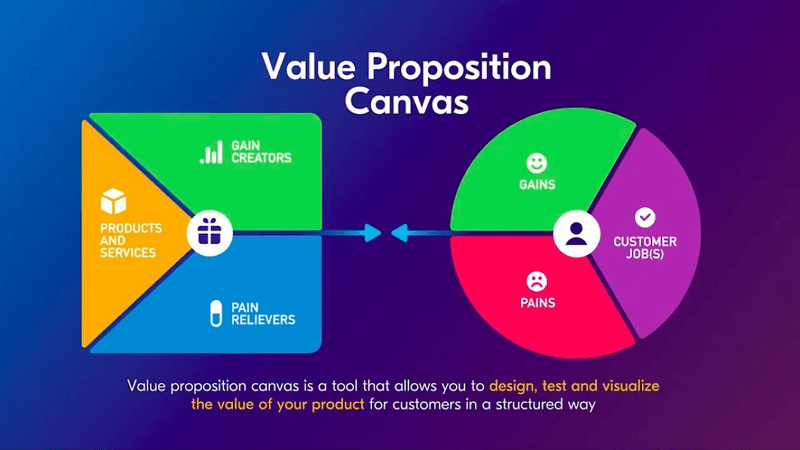
Imagine what impact your solution brings the customers and market the product accordingly. It will create the scope for your customers to fulfil their needs, and therefore, your SaaS application will generate a differentiated value proposition to the market.
b. Know Thy Customer
The best way to design this value proposition is to know your customer. Surveys or interviews, do your market research. Therefore, you have an idea of the end-users, the context, and hence an idea of what the market needs.
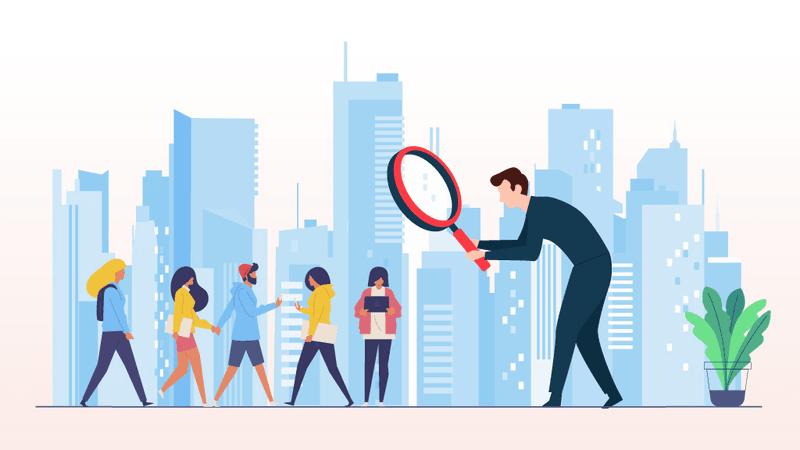
In the process, you might want to consider aspects like setting the interview/ survey objectives and preparing the material accordingly. But, again, having a clear idea helps test the concepts in a SaaS product.
Through market research, you have acquired knowledge about
- what the customers want,
- what features will help them most
- how to best provide the customer experience
Henceforth, now y0u can validate the pain statement of your customers. You can use platforms like Facebook Campaign Builder to identify the target audience. Or InstaPage to build a landing page and assess if customers are interested in your services. With the affirmation, the most effective way is to create a Minimum Viable Product and share it with your target customers.
c. Enhance Customer Experience
Next, identify the user journey. Address the defining touchpoints of your customer journey. Interact with them online through social media, email marketing, websites, and live chats

Keep a keen eye on their preferences and make sure you are listening to their feedback. It ensures product evolution and makes it a more sustainable and practical choice.
d. Identify Customer Personality & Customize Ideas Accordingly.
Your customer profile guides the design of the SaaS applications that you want to release. If the ultimate goal of your service is designing products that not only boost but diversify revenue generation, identifying buyer persona is critical.
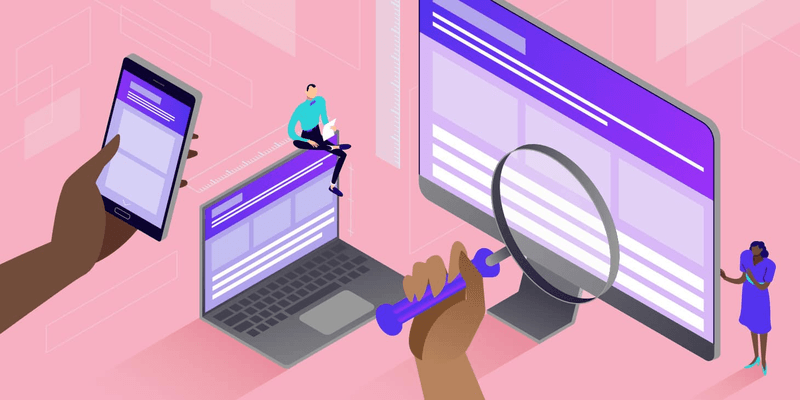
Assess the target audience and understand who the end-users might be and how the software works to help them. Suppose you have the target audience segmented. Learn about their interests build a relationship with them. Which technologies do they prefer to use, what value does the product spark for them? Answering these answers will take you a step closer to your customer. And then you wouldn't have to worry about the effectiveness of your strategies.
Therefore, you can design the virtual interface with the collected information.
2. User Interface Design: UX/UI Design
The SaaS interface is the primary influencer in deciding how users interact with your application.

No mistakes are allowed in this stage. The stages of user interface design include:
a. Cultivating A Mind Map
A visual representation of the SaaS design process, a mind map streamlines the complete analysis of UX design all in one place. Thus, you can relax about meeting the absolute requirements. The mind map aims to deliver your Software As A Servicemodel’ss idea, clearly depicting the internal relationships of all the components.
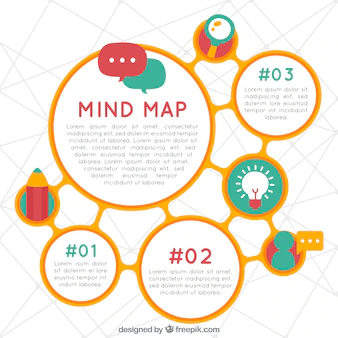
Moreover, through a mind map, designers can find inspiration and insights. And they can figure out new combinations that may enrich the customer experience of the SaaS product. Finally, by envisioning the final project as intended by the developer, keep the work consistent to the last day.
b. Prototype Identification
As you know, customer retention is all about delivering a product value proposition. Alongside the distinguishing features, the opportunity to test the idea keeps the scope of product evolution and functionality enhancement open for developers. This is where prototypes can be the perfect test ground.
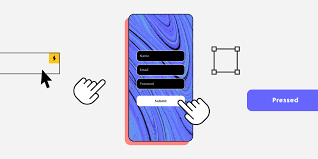
Broadly, prototypes can be categorized into two types: low and high fidelity. Prototypes essentially assess the feasibility and user experience of the SaaS application. Low fidelity prototypes are paper-based, thus, faster to create, usually including mockups. On the other hand, high-fidelity ones offer computerized, detailed design prototypes.
For low fidelity SaaS models, the high fidelity prototype is the closest match to the final product. Both prototype kinds include visual design, content, and interactivity.
The chances of delivering the final SaaS product at the first attempt is almost 0. Hence testing and redesigning the outcome is inevitable. With prototype testing, you can take the necessary time to plan and work along with the product's product's functionality before it is released into the market.
3. UX Writing
UX Writing, aka microscopy, creates a UI copy that guides a user while using and interacting with a product.
A concise and engaging UX writing promotes the retention growth rate of existing users of the SAAS software alongside fresh sign-ups.
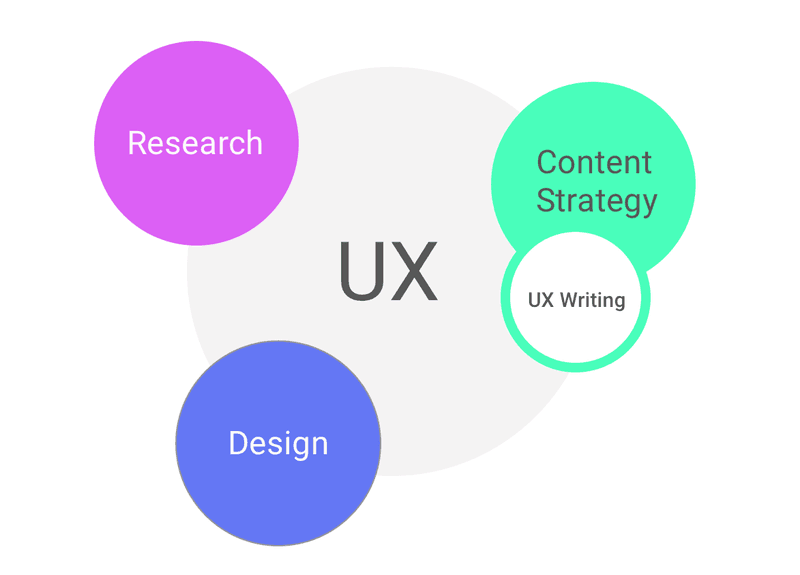
While developing the entirety of the experience from the ground up, the UX writers design a microcopy using the best UX practices.
Although it is pretty challenging to engage and retain users, good UX writing can offer a seamless experience to users.
Wondering how? The users identify your software first with the UX copy. Their first interaction happens to be with it. As a result, the UX copy sets the tone of your relationship with your customers. The UX copy navigates the user to explore all the features. So, you can get the most out of your service. The UX copy comprises UI copy, menu copy, button copy, etc. Each of them serves specific purposes.
Designing UI
The visual appeal of your software as a Service product depends on how well you design the UI. Not only intended to enhance engagement and attraction of the product, but the UI design also sets an impression on your customers.
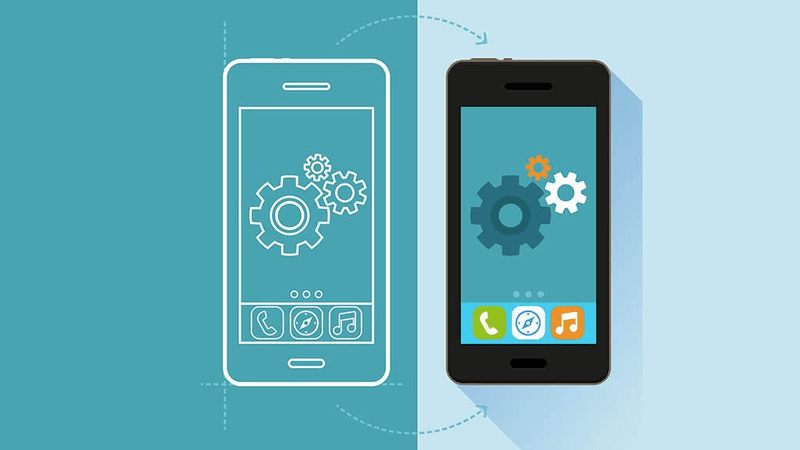
A few basic things might be to ensure a minimalistic approach, an accent color, sharp logo, and so on. Also, you can add animations, videos, short excerpts, and other such tactics to build a strong brand image.
Brief Overview
Since you have now understood the work needed in designing software as a service, it is essential to cover a few basic strategies when working through the steps.
When developing the SaaS product, customer acquisition is one of the primary concerns. At the same time, Customer Acquisition Costs( CAC) and Lifetime Value( LTV) must be analyzed. Essentially, you compare the customer's profit and the average cost when acquiring them. Note that SaaS products have a lengthier sales cycle, so your aim should build strong customer relationships.
A SaaS architecture stores data in the cloud. So, it often becomes customer hesitation. A simple way to avoid delay and abide by security laws is making the SaaS application GDPR compliant.
Depending on your SaaS application's performance and nature, you can opt for multi-tenancy. An application can be multi-tenant on various layers of the system: infrastructure, database, or application layer.
Through, Multi-tenancy, one particular instance of the SaaS application can serve multiple customer branches. It can be a highly successful strategy since your application will be integrative, like online payment gateways. An online platform means it will be high-performing. A well-designed product is accessible to customers at all times and capable of serving any number of tenants.
Select the technology stack, address the scalability features and work accordingly. Next, find the right developers who will work with JavaScript frameworks, components, and server-side components.
Last but not least, decide the pricing strategy for your designed product. It can be freemium, subscription, or only paid applications. However, set the process based on the market demand and forecasted profit analysis.
Note To Remember
The devil is in the details. Often a few simple tricks and trips can make or break your case.
Keep an easy sign-up/ sign-in for users. The first impression is often the last. If not, it is the most long-lasting one. Add a clear hero image and a strong CTA, make the onboarding easy to follow up, and ensure an engaging interface for customers to spend a longer time. An excellent option can be gamification, adding game components to make a compelling statement to your customers. What's Next?
Designing SaaS products require attention to various concerns. To summarize, a well-crafted idea should be generated from thorough market research and buyer persona identification.
Next comes client acquisition and customer relationship maintenance. Lastly, the SaaS application must abide by security and compliance issues, especially foreign restrictions. Indeed, a well-designed SaaS brings the best for both worlds: users and developers.
However, it is undeniable that learning how to design software as a service can be overbearing. Especially for businesses that lack proper resources and skills struggle exceedingly.
Outsourcing can be your savior if you want to create the SaaS system without any hassle or without undergoing rigorous steps. One such platform is PolyUno. A multi-versed team of best designers works together to deliver the right experience for their customers. They have something for all from software development, designs, UX/UI, infrastructure, and content management.
With around a successful completion rate of 300 projects, they have the expertise and a reputation for consistent support. So not only will you be deriving the best SaaS models, but hey, you wouldn't even have to think about it twice. So convey your expectations, and your work will be done.
If you want to transform your digital journey and create the SaaS product that speaks for your vision, Book A Call today!



